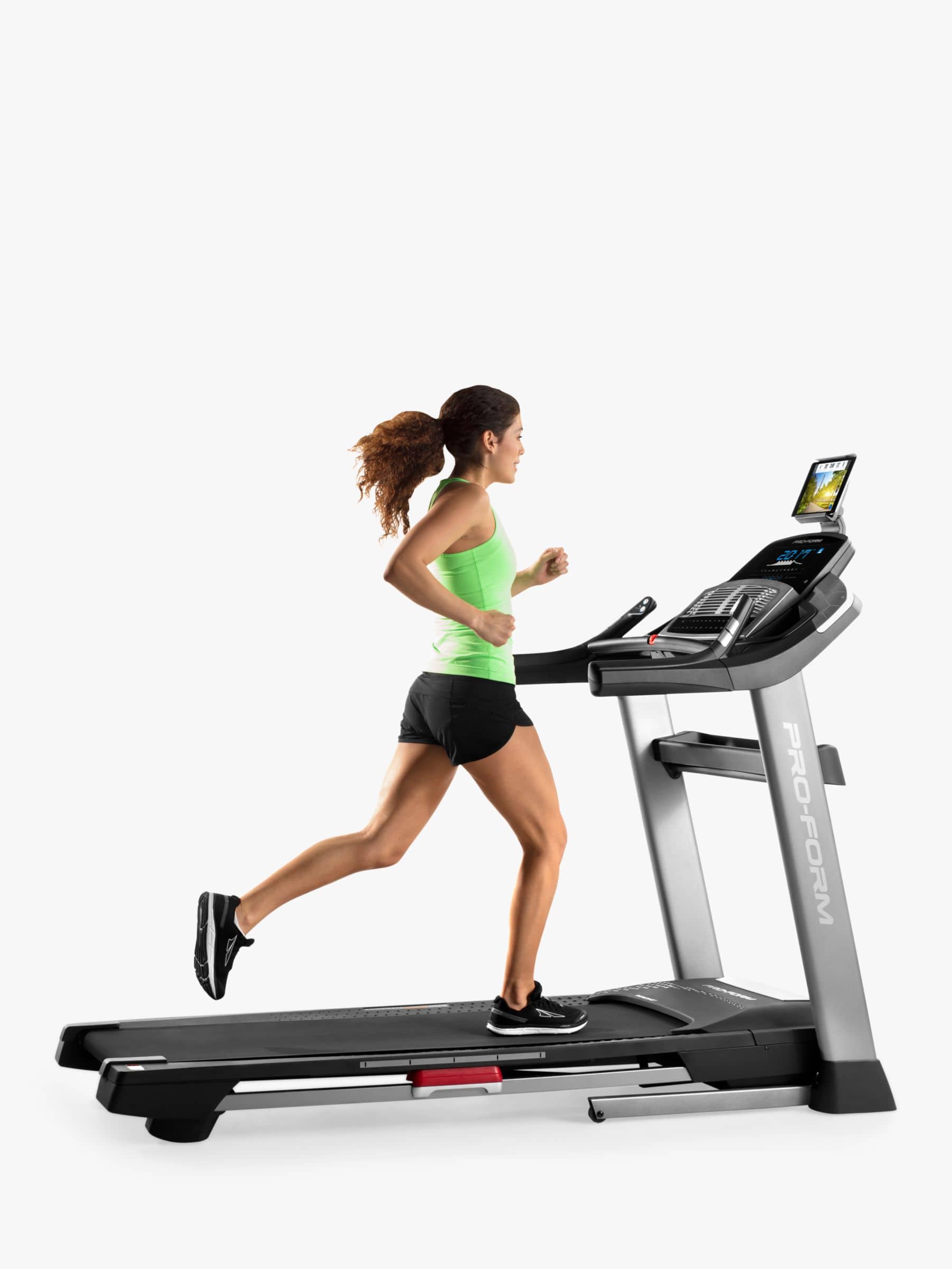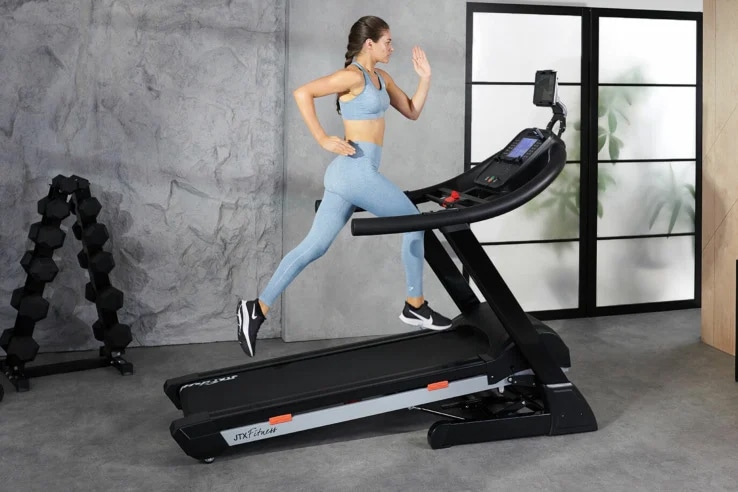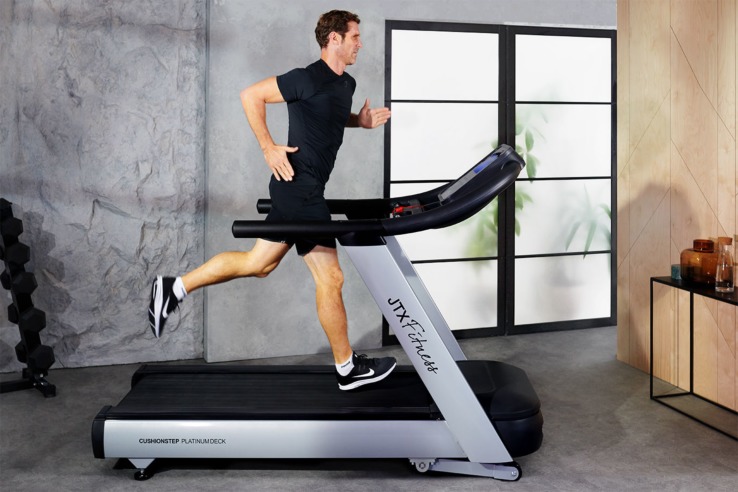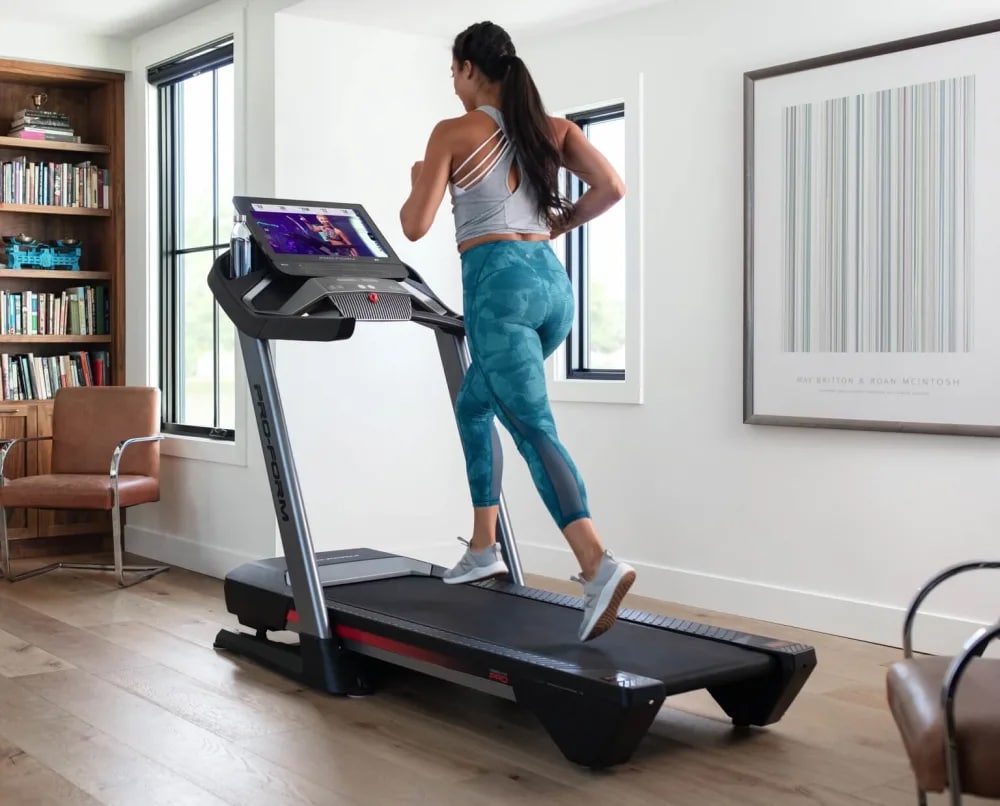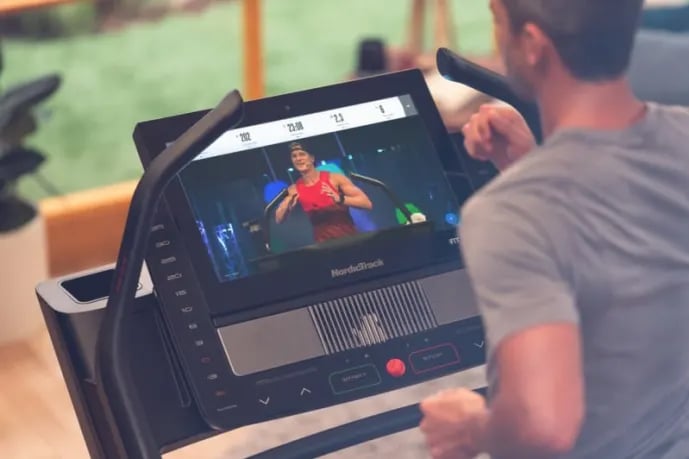
Contents
- What is a stitch?
- Does eating a large meal cause a stitch when running?
- Does your level of fitness affect a stitch?
- Do most runners get a stitch at some point during a long-distance run?
- What can I do to relieve a stitch?
- What happens to your abdominal muscles when you get a stitch?
- What part does your abdominal cavity play in getting a stitch?
- What is meant by related exercise-related transient abdominal?
- Can training just your upper body cause a stitch?
- Does shallow breathing help?
- So is breathing deeply better?
- How do I know if I have a hernia and not a stitch?
- Is blood flow related?
- Can drinking water or sugary drinks help?
There are a few things you can do to try and prevent getting a stitch in the first place.
First, make sure you stay hydrated by drinking plenty of water throughout the day.
Second, warm up properly before any physical activity. Start with some light stretching and then gradually increase your heart rate with some walking or slow jogging.
Finally, make sure you’re not working out too intensely. Start out slowly and gradually increase your intensity as you become more fit.
If you follow these tips, you should be able to reduce your chances of getting a stitch.
What is a stitch?
A stitch, also known as a side stitch, is a sharp or stabbing pain that you may feel on the side of your abdomen during exercise. It is caused by the diaphragm muscle spasming in response to being overworked.
The pain can range from being mildly uncomfortable to extremely painful and can last for several minutes. In some cases, the pain may go away on its own, but in other cases, you may need to stop exercising and rest until the pain subsides.
Does eating a large meal cause a stitch when running?
There is no evidence that eating a large meal causes a stitch. However, if you are not used to eating such a large meal, it may cause you to feel overly full and this may lead to discomfort or pain during exercise.
In general, it is best to avoid eating large volumes and eat smaller meals throughout the day.
This will help you to stay energized and prevent any discomfort during exercise.
Does your level of fitness affect a stitch?
Your level of fitness may play a role in whether you are more likely to get a stitch. People who are not as fit are more likely to get a stitch than those who are in better shape.
In general, the less fit you are, the less intense your workout should be. Start out slowly and gradually increase your intensity as you become more fit.
This will help to prevent the diaphragm muscle from spasming and causing a stitch.
Do most runners get a stitch at some point during a long-distance run?
Most runners will get a stitch at some point during a long-distance run such as a half marathon. This is because the diaphragm muscle is used a lot when running and it can easily become overworked.
As mentioned, in general, the more fit you are, the less likely you are to get a stitch. However, there is no guarantee that you won’t get one at some point.
The best thing you can do is to be prepared by knowing how to relieve the side stitch pain and prevent it from happening in the first place.
What can I do to relieve a stitch?
There are a few things you can do to try and relieve a stitch.
First, either slow down or stop exercising and rest until the pain subsides.
Second, place pressure on the site of the stitch pain with your fingers.
Third, take deep breaths and exhale slowly.
Fourth, apply heat to the area by placing a warm cloth on the pain. Finally, massage the area to try and loosen the muscle.
If the pain persists, you may want to see a doctor to rule out any other potential causes.
What happens to your abdominal muscles when you get a stitch?
When you get a stitch, the abdominal muscles contract and spasm. This can cause pain and discomfort in the area. The muscles may also feel tight and sore after the pain subsides.
If you experience this often, you may want to consider doing some abdominal exercises to help stretch and loosen the muscles.
Also, try to relax and continue to take a deep breath in a composed controlled motion.
What part does your abdominal cavity play in getting a stitch?
The abdominal cavity helps to support the organs in the abdomen. It also houses the diaphragm, which is a muscle that helps with breathing.
The diaphragm can spasm and cause pain when it is overworked. This is one of the main causes of a stitch.
There are a few different types of abdominal pain that are related to a stitch. These include sharp pain, cramping, and discomfort.
The pain is usually transient, meaning it comes and goes and is not constant. It is typically worse with physical activity and may go away on its own or with rest. In some cases, the pain may be more severe and require you to stop exercising.
Exercise-related transient abdominal pain is usually caused by the diaphragm muscle spasming in response to being overworked. The pain can range from being mildly uncomfortable to extremely painful and can last for several minutes. In some cases, the pain may go away on its own, but in other cases, you may need to stop exercising and rest until the pain subsides.
If the pain persists, it may be best to see a doctor to ensure there are no underlying issues.
…and just a quick fyi
The parietal peritoneum is a layer of the peritoneum that covers the inner surface of the abdominal wall. It is attached to the rectus abdominis muscle and the transverse abdominis muscle. The parietal peritoneum is important in providing support to the abdominal organs and protecting them from infection. It also helps to regulate the temperature of the abdominal organs.
Can training just your upper body cause a stitch?
Not usually; training just your upper body will not cause a stitch. A stitch is caused by the diaphragm muscle spasming in response to being overworked so is more linked to high-intensity exercise or cardiovascular exercising.
Does shallow breathing help?
Shallow breathing may help to prevent a stitch by keeping the diaphragm from spasming.
It is also important to breathe deeply and exhale slowly when you experience a stitch.
This can help to relax the muscle and ease the pain.
So is breathing deeply better?
In general, deep breathing is better than shallow breathing. This is because remembering to deep breathe helps to oxygenate the blood and prevent the diaphragm from spasming.
Deep breathing is beneficial because it promotes optimal breathing. This means that you are taking in enough oxygen and exhaling carbon dioxide effectively.
Deep breathing also helps to relax the body and mind. It can be helpful for relieving stress and anxiety.
In addition, deep breathing has a number of other health benefits, including improved heart health and better blood circulation.
It is also important to breathe deeply and exhale slowly when you experience a stitch.
This can help to relax the muscle and ease the pain.
How do I know if I have a hernia and not a stitch?
There are a few different signs that may indicate you have a hernia and not a stitch.
These include pain that is constant, does not go away with rest or pressure, and is located in the middle of the abdomen.
If you experience any of these symptoms, it is best to see a doctor for a diagnosis.
There is no evidence that blood flow is related to getting a side stitch/muscle cramps.
However, if you are experiencing pain in the chest or shortness of breath, it is best to see a doctor to rule out any other potential causes.
Can drinking water or sugary drinks help?
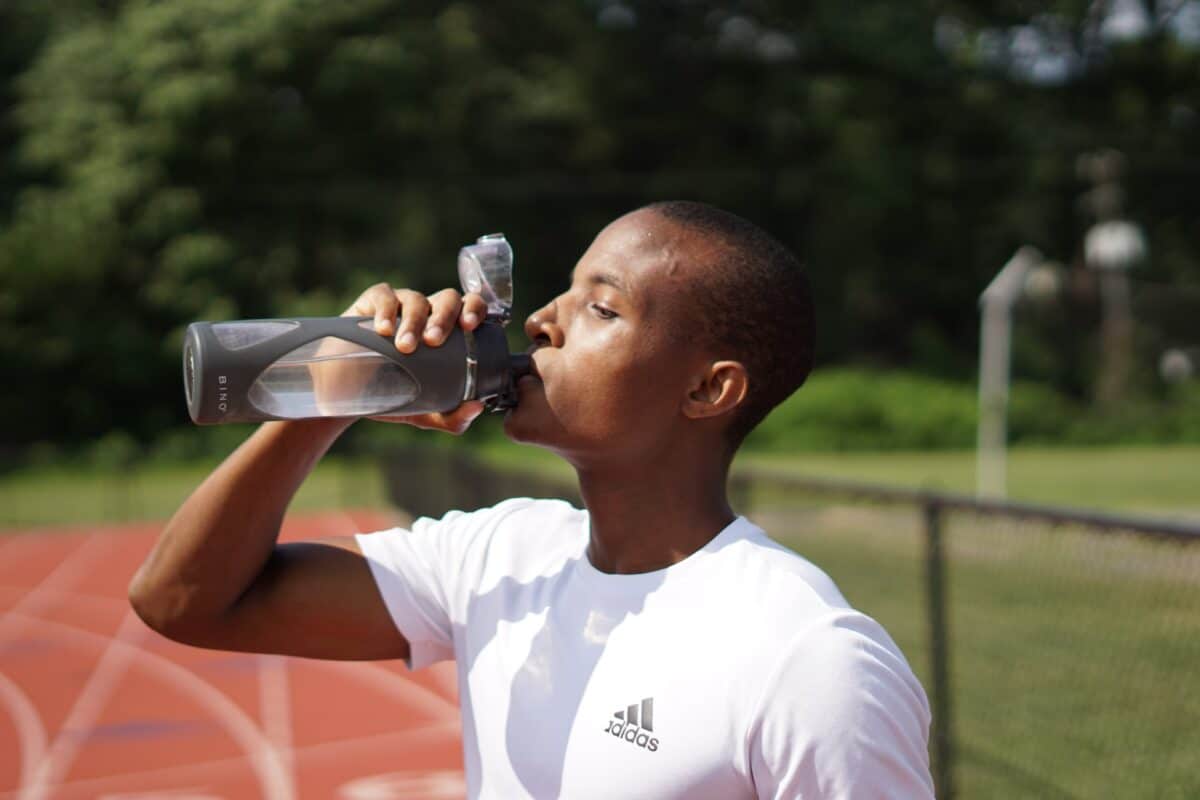
There is no evidence that drinking water, sports drinks or sugary drinks can help to prevent side stitches.
However, if you are dehydrated, it is important to drink fluids to replenish the body.
One thing to note is to perhaps avoid beverages high in sugar or caffeine before running, as they can cause dehydration.
If you are experiencing a stitch, it is best to stop exercising and rest until the pain subsides.
I hope that the topic of ‘how do I stop getting a stitch?’ has been covered comprehensively and fingers crossed you avoid these sharp or stabbing pain, horrible muscle cramps on your next long-distance run.
Follow the advice above and happy running.
